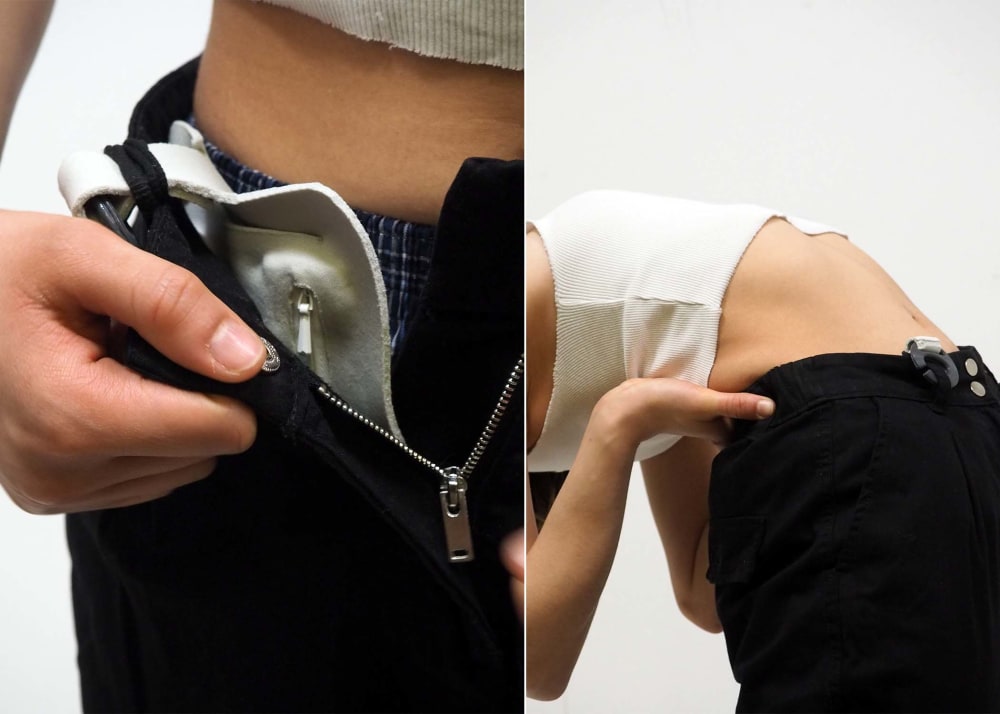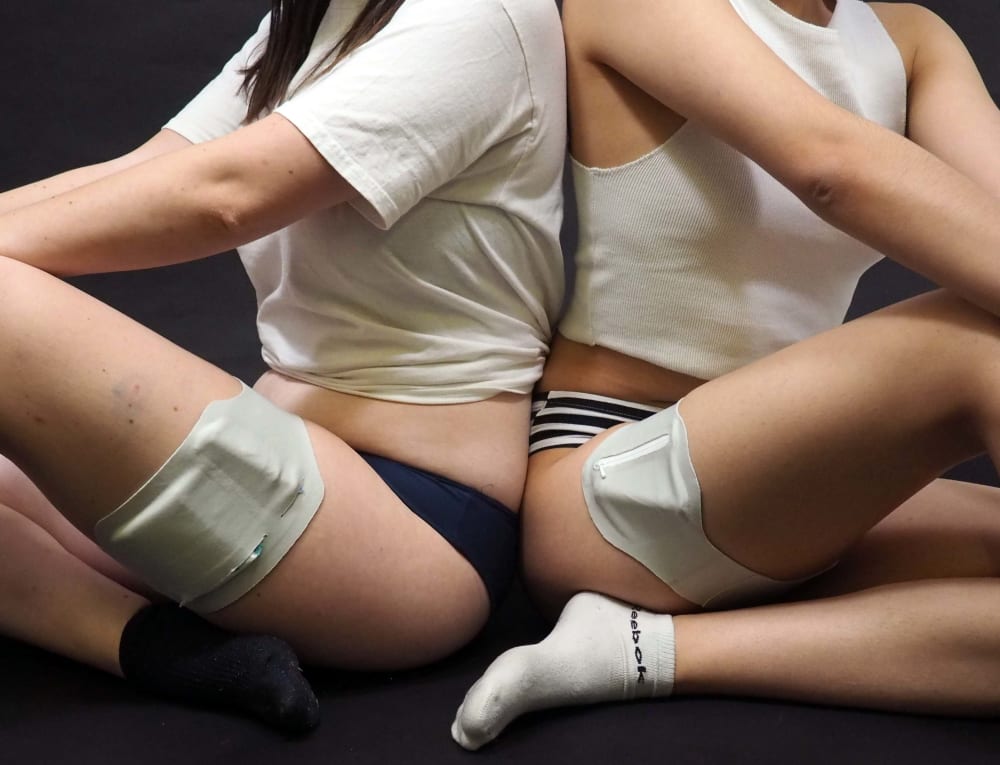By Amelia Kociolkowska, BA Product Design at Central Saint Martins
When experiencing a car crash, women are 47 per cent more likely to be seriously injured than a man, and 71 per cent more likely to be moderately injured. Car crash tests act as safety assessments of the vehicle. When first introduced in the 1950s, car crash dummies were based around the fiftieth percentile male. It wasn’t until 2011 in the US and 2015 in the EU, that regulatory tests have been using female dummies, however, these are just scaled-down male dummies, which is not an accountable representation of a female body. This has resulted in the poorly informed design of cars and airbags that are not as safe for women as they are for men.
Caroline Criado-Perez OBE, author of Invisible Women: Exposing Data Bias, declares that the lives of men have been taken to represent those of humans overall and that the stories we tell ourselves about our past, present and future are all disfigured by a female-shaped ‘absent presence’. This is what she calls the gender data gap.
This lack of representational data does not perform well in design applications. Using this skewed data compromised from the male body and typical male life pattern has resulted in products and services which do not function well for both sexes, overall. The victims, in most cases women, are ultimately left with no choice but to adapt to fit the product, unaware that the product has not been designed for them. A lack of consideration for the differences between men and women’s forms and lifestyles can have impacts varying on a scale from inconvenience to fatality.

I was personally struck by my findings on this topic and I knew that I wanted to somehow intervene and exercise my design skills through combatting this issue. The more research I did, the more stories I found of women struggling in male-dominated industries. What moved me the most was to hear these stories alongside their passion for their various careers. I spoke in depth with women in the army, police officers, firefighters and workshop technicians about their experiences throughout their entire careers. I asked them about their application process, the relationships with their colleagues, their day to day roles, when they faced challenges and when they experienced success, to investigate whether they’d ever fallen victim to the gender data gap or other forms of sexism. After a few conversations, I realised there really was a problem. Too many women were describing the time on their periods as a “nightmare”. They referenced the negative attitudes of their male co-workers, the impracticalness behind hiding their tampons or pads, not having anywhere hygienic to store them, their dehumanising stories of changing tampons, the times when there was nowhere to safely dispose of a used tampon and having no choice but to carry the bloody tampon in a wrapper inside their pocket, and overall, how these experiences made them feel vulnerable at work.
The more I analysed my research, the more I grew perplexed at how this monthly, reoccurring event, that is experienced by half of the population, is such a taboo. Furthermore, the frequency of which the physical traits that arguably defines the said, biological female, is used against her.

I began drawing out rough ideas of how a product could be the solution to this problem. In principle, it had to hold tampons or pads, both hygienically and comfortably, and offer the user a peace of mind during this time of their monthly cycle. I also thought it was crucial to empower the user and minimise feelings of vulnerability felt during this time. I contemplated whether I wanted to be critical and provocative. Perhaps it could be a statement product that acts as a reminder that periods do, in fact, happen, and it doesn’t have to be a taboo. However, after debating this, I questioned the morality of using these women as guinea pigs for a protest and instead, I opted to make a product that solely seeks to help these women through the difficult experiences they face. So, I identified another crucial value of my product, discretion.
With thorough material development and a collaboration with a costume design student, I designed two wearable, discreet pouches to carry a daily usage of tampons and/or pads so that the wearer never goes without and minimises the number of impractical changes.
There is also a zipped pocket with a detachable waterproof liner in response to hearing when there is no safe space to dispose of a bloody tampon or pad. The two designs aim to offer the user a choice of how to wear the product; either around the thigh underneath their garments or clipped onto the belt loop of their trousers and sat inside their trousers.

Further conversations with others about this project have led me to believe there is scope in introducing this concept to different contexts. So far, I am developing this. I do see a future to this product, and I will soon be receiving my design rights....
Amelia Kociolkowska
Instagram: @ak.designspace
Email: a.kociolkowska@gmail.com
Post-Grad Stories
A thriving online magazine of our postgraduate student voices sharing thought-provoking experiences, practices and articles about what matters to them.
Want to write an article? Get in touch with the Post-Grad Community team PGCommunity@arts.ac.uk

